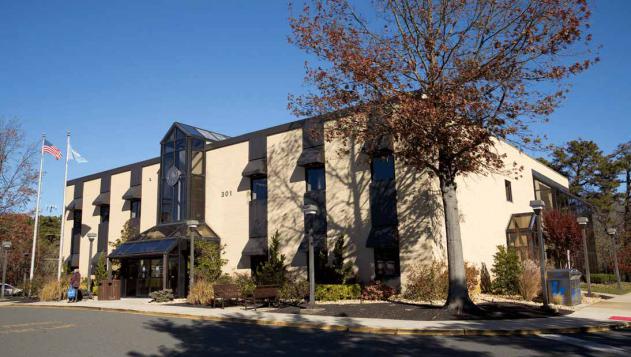A little over 10,000 years ago the Lenni-Lenape Indians inhabited the area currently known as Brick Township. They not only cultivated the land, but they constructed useful items from local resources to use for trading purposes. Settlers from Long Island and Europe moved to the area in the mid-1700s and quickly saw the potential the natural resources offered. They erected sawmills and gristmills that attracted even more settlers. Mr. Joseph W. Brick arrived around 1832 when he took over the Washington Furnace and transformed it into the Bergen Iron Works. He was responsible for establishing a successful industry that converted bog ore into pig iron that was employed to make water pipes for New York City. While local industry jobs were available, the area was also home to shipbuilders, carpenters, and sailors.
On February 15, 1850, the same day Ocean County was formed, the New Jersey Legislature officially incorporated the Township of Brick. It included the area south of the Manasquan River in the northeastern portion of Dover Township, and was bordered on the east by the Atlantic Ocean and by Jackson Township on the west. The township was named for its most prominent resident, Joseph W. Brick, who had died just three years earlier. At the time of its incorporation, it housed 1,558 residents. Eventually, certain portions would break away to form Bay Head, Mantoloking, Point Pleasant, Point Pleasant Beach, and Lakewood.
The Brick Township Committee met for its first session on March 13, 1850, at the home of Richard Burr, and appointed its town officers. Brick's founding families included the Burrs, Woolleys, Allans, Cooks, Havens, Herberts, Wardells, Osborns, Tiltons, Johnsons, Grants, and Hulses and they comprised most of the population. It was not long after its formation that the iron works went out of business and new industries, such as cranberry and blueberry production, flourished.
Overcrowding in northern New Jersey brought a new wave of settlers in the 1900s. Their varying ethnic backgrounds brought diversity that dramatically changed the nature of the community. In the 1920s and 1930s, developers arrived to create resort communities like Riviera Beach, Breton Woods, Shore Acres, and Normandy Beach.
Brick Township was a relatively quiet resort area until the opening of the Garden State Parkway in the 1950s, when residential and commercial development created a dramatic growth in the year-round population. This growth also resulted in a new form of government that replaced the old community government and a police department was formed between 1972 and 1974. In 2000, Brick celebrated its 150th anniversary and is today a thriving residential and resort area that contains 53 miles of waterfront property – including three ocean beaches, private community beaches, a river beach, and over 26 marinas. It promises to keep adding on to its already storied history.








